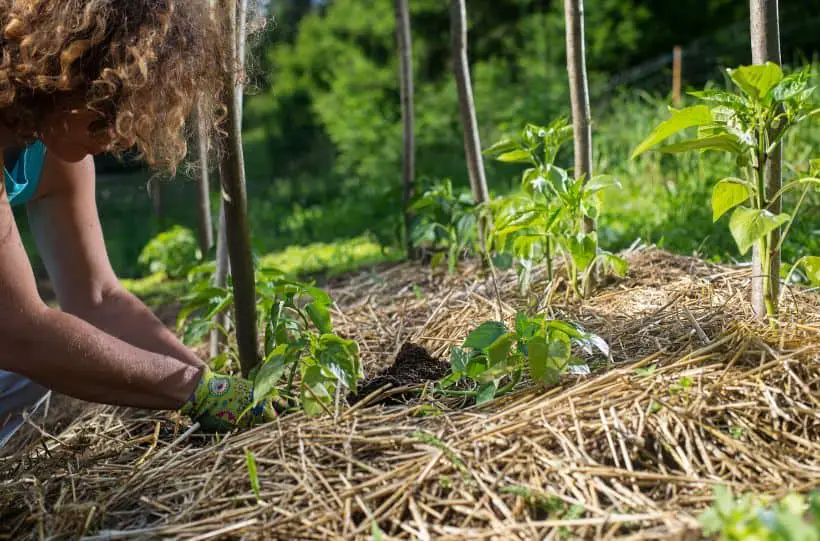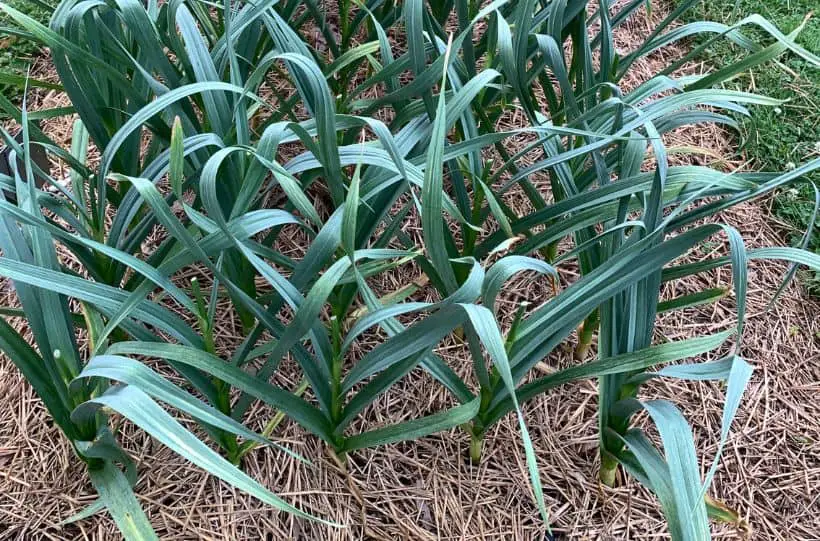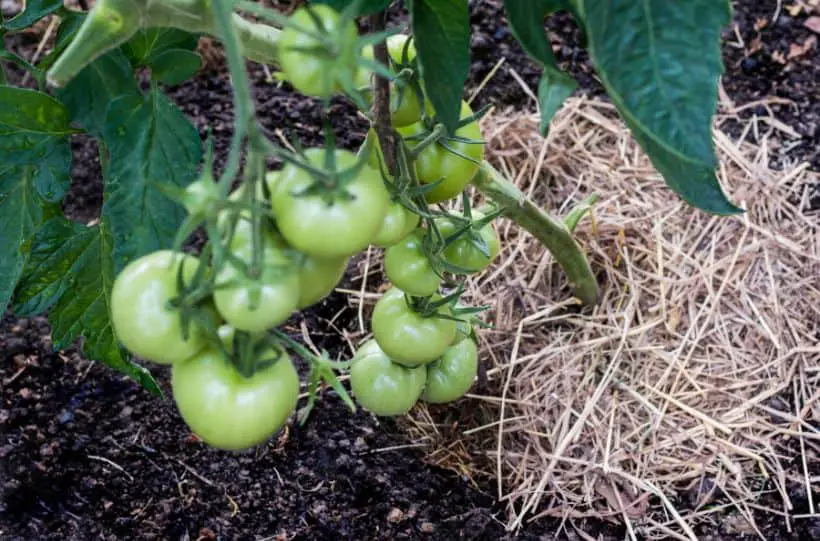How to Mulch a Vegetable Garden
Mulching is one of the best gardening practices that allow a gardener to keep a fertile, weed-free garden. It is a concept that can be applied anywhere and in a garden of any size.
In this article, we highlight the benefits of mulching your vegetable garden and outline an easy process of how to do it.

What is Mulch?
Mulching is any matter you place on your garden for water and soil conservation purposes. Matter can be diverse.
Most gardeners use organic matter such as crop residue, straws, chopped leaves, grass clippings, cocoa hulls, pine needles, and hay stalks to cover the soil’s surface. You can also use non-organic matter such as rubber, grass, and plastic material to act as mulch.
Benefits of Mulching in a Vegetable Garden
Mulching has several benefits to the soil;
Weed Control
When you cover the surface of the soil using organic matter, you stifle the growth of weeds. Weeds need light to germinate. Mulching can reduce weed germination by limiting access to light.

When you cover the top soil with mulch, weed seeds will not come into contact with the soil. This cover prevents the weeds from ever gaining roots in the garden.
Moisture Regulation and Retention
Mulching helps to keep the topsoil moist because it prevents water loss to the atmosphere via evaporation. The retained moisture keeps vegetables growing healthy even in hot weather.
When it rains, mulch reduces the speed of the water, keeping it in the garden for longer and allowing it to seep through into the soil steadily.
Temperature Regulation
In hot weather, mulching keeps the topsoil cool. Most plant seeds bloom better under cool weather conditions. Extreme temperature fluctuations can kill the microbes inside the soil and prevent crops from germinating.
By controlling the temperature, mulching keeps the seeds active for longer by preventing them from going dormant or bolting because of increased temperature. Mulching insulates the soil against the direct sun’s rays.
A black plastic cover helps retain heat underneath in cold areas. Straws help to cool the temperature underneath in warm areas.
Mulching Helps in Preserving The Structure of The Soil
By increasing the soil organic matter, mulching improves the physical quality and structure of the soil. When you apply mulch to the prepared vegetable garden, you will control the growth of weeds. This implies that when the time comes for planting new crops, there will be no need to till the garden again.
The no-till technique helps preserve the structure of the soil. You will not break down the soil particles or disturb the microorganisms that enhance the soil’s fertility.
Reduces Soil Erosion
If your garden is in a place that is susceptible to soil erosion, you could control this by mulching. As noted in the previous point, mulching preserves the structure of the soil, helping it to remain compact. Erosion occurs in loose soil.
Mulching also protects the soul against raindrop impact and improves water infiltration capacity by slowing down the flow of water on the soil’s surface.
Mulching Prevents Pests and Diseases
Pests and diseases can be a big bother in your vegetable garden. Controlling these pests and diseases using harsh chemicals may not be the ideal solution for people who love eating organic food.
Mulching can help control pests in different ways. Straws, for instance, offer predators a perfect haven to grow. These predators then feed on the pests that would have destroyed your crops. Straw mulch also increases the activities of enzymes such as cellulose that suppress disease-causing pathogens.
Mulching Enhances The Soil Quality
If you use organic matter for your mulching, you will enhance the soil in the long run. The organic matter breaks down (through the action of microbes and other microorganisms inside the soil) and forms compost over a certain period. Compost adds crucial nutrients to the soil. The additional nutrients enhance the soil’s fertility.
How to Apply Mulch to a Vegetable Garden
Depth matters when mulching a vegetable garden. Consider the type of vegetables you want to plant before spreading your mulch.

Vegetables with tap root systems that go deep into the soil can tolerate thick layers of mulch for such vegetables. Whereas vegetables that grow shallow do not need a thick layer of mulch because they need to have their roots firmly established in the ground.
Vegetables that grow close to the ground do not need a thick layer of mulch at the base. Placing too much mulch at the base of your crops could present problems. The leaves could rot and disease-causing pathogens may thrive.
Always wait until the soil is warm before applying mulch to your vegetable garden. The seeds will germinate when the soil is warm and mulch will help keep the soil warm.
The garden should be free from debris, weeds, and other plant matter before you add mulching. Do not apply mulch on top of weeds. Always check your mulch to ensure it is free of termites and other pests and insects that might feed on your vegetables.
Add a layer of mulch as needed and then mark out places you will dig your planting holes. Always leave breathable spaces between each plant.
What is The Best Mulch For a Vegetable Garden?
The best material to use as mulch in your vegetable garden should be things that can break down easily and be turned into the soil during the next planting season.
Wood chips and hardwood mulch are not ideal as they are too heavy. Look around to see what you have at your disposal. You can mix different types of materials as well. Some of the best mulching materials you can use for your vegetable garden include:
- Grass clippings
- Hay
- Dead leaves
- Sawdust
- Newspaper clippings
- Straw
The rule of thumb here is to use organic materials that will decompose easily and add nutrients to the soil.
When do I Mulch my Vegetable Garden?
Time your mulching in spring before weeds start cropping up in your garden again. During this time, the dead plant matter from the previous harvest will have decayed and you can turn them into the soil during tilling. If you do not want to wait for springtime, ensure that your garden is clear before mulching.
And if you are looking for more on improving your soil, visit these next:
